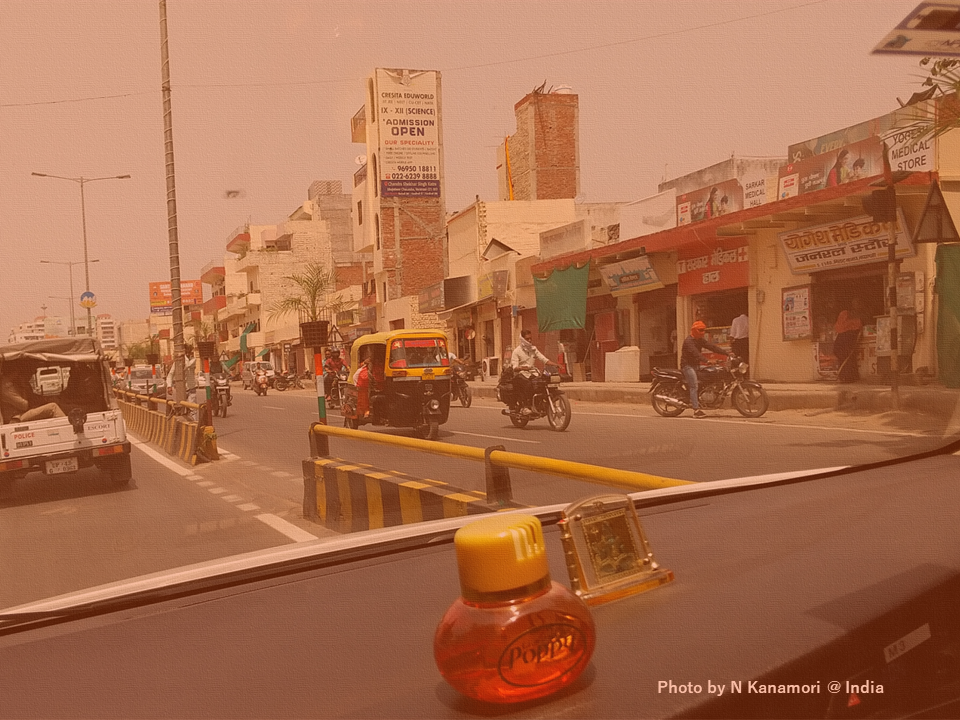Pick Up
790. Human Cost of Global Warming

790. Human Cost of Global Warming
The costs of climate change are often estimated in monetary terms, but this raises the ethical problem of overestimating the damage to the haves over the damage to the have-nots. Promoting climate justice requires attention to inequalities and disparities, where the health and human costs of climate change tend to fall disproportionately on vulnerable populations.
A recent paper published in Nature Sustainability attempts to quantify the human costs of global warming by focusing on the potential exposure of people in disadvantaged climates to extreme weather events.
The paper focused on the "human climate niche," which corresponds to the historically highly conserved distribution of relative human population density with respect to mean annual temperature. Certain species tend to have climate niches that combine both physiological and ecological factors. According to the paper, human population density has a first peak at an annual mean temperature of 13°C and a second peak at about 27°C (basically correlated with the South Asian monsoon climate). Crops and livestock show a similar geographic distribution, and economic activity (GDP) also peaks around an annual mean temperature of 13°C. On the other hand, mortality rates tend to increase with lower or higher temperatures, again suggesting the existence of a climatic niche suitable for human habitation.
As climatic conditions in a region or country become more extreme under climate change, the likelihood increases that people living in that region or country will be pushed out of the climatic niche in which they are comfortable living. There are concerns that warming may be associated with increased mortality, stagnating labor productivity, reduced cognitive performance, reduced learning ability, pregnancy complications, reduced crop yield potential, increased conflict, and the spread of infectious diseases.
The paper showed that under different demographic and warming scenarios, climate change has already pushed 9% of the population out of their niche. It further projected that under the default decarbonization pathway, which would result in 2.7°C of warming, one-third (22-39%) of the population would be pushed out of their niche by the end of the 21st century (2080-2100). Countries with the largest number of people affected include India, Nigeria, Indonesia, the Philippines, and Pakistan, while countries such as Burkina Faso and Mali are estimated to be pushed out of their climate niche. On the other hand, the paper also suggests that limiting warming from 2.7°C to 1.5°C could significantly reduce the number of people exposed to unbearable heat at an average annual temperature of 29°C.
As the human costs of climate change will be borne by vulnerable countries, it is necessary to strengthen the promotion of mitigation actions by developed countries for the sake of climate justice.
Reference
Lenton, T.M., Xu, C., Abrams, J.F. et al. Quantifying the human cost of global warming. Nat Sustain (2023). https://doi.org/10.1038/s41893-023-01132-6
Contributor: IIYAMA Miyuki (Information Program)
